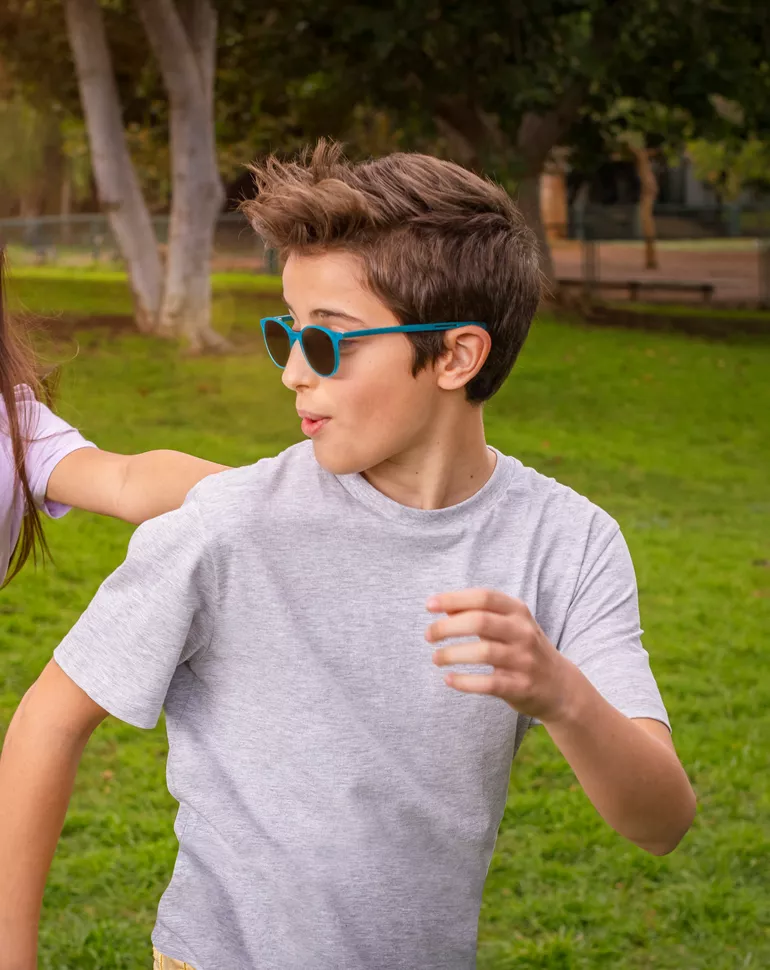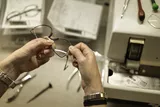Increased time outdoors - critical factor for the prevention of myopia and its progression
BANGKOK– 28 March2023 – HOYA Vision Care, a leader in optical technology innovation, is on a mission to help prevent and treat myopia in children which is an ever-growing global concern. By 2050, an estimated five billion people – half the global population – could be myopic.1,2 However, some evidence suggests outdoor time is protective against myopia progression and could possibly boost the treatment effect of a myopia management intervention.3,4 This highlights the importance of encouraging myopic children to partake in any activities outdoors, from vigorous play to quiet reading.
However, it is important to protect children’s eyes from harmful UV rays and intensive sunlight while outdoors. According to the American Optometry Association, children are more susceptible to eye damage from UV light than adults because their pupils are larger and the lenses of their eyes more transparent, allowing more UV rays to reach the eye. Moreover, myopic children using atropine eye drops for myopia management are in a greater need of sun protection, as some children will experience photophobia due to atropine dilating the pupil.5-8 Therefore, it is particularly important to protect children's eyes from long-term eye damage with effective and reliable sun protection.
“HOYA Vision Care is on the front line of raising awareness about the growing global phenomenon of myopia in children. We work alongside eye care professionals to develop better treatments and their input as well as the medical literature were very clear. Spending more time outdoors is an integral part of myopia treatment for our children and their eyes should be protected from intense sunlight while they do so,” explained Frederiek Ysebaert, Managing Director of the Pediatric Care Business Unit at HOYA Vision Care. “Myopic children need a solution that will correct myopia and slow down its progression, as well as protect them from harmful UV rays and intense sunlight.''
Starting April 2023, HOYA Vision Care will roll out a new line of MiYOSMART sun spectacle lenses utilizing their award-winning defocus incorporate multiple segments (D.I.M.S.) Technology. The photochromic spectacle lenses, MiYOSMART Chameleon, and polarised spectacle lenses, MiYOSMART Sunbird, were developed to slow down myopia progression in children using D.I.M.S. Technology, while providing protection from intense sunlight.6,9-12 These two new products, along with the MiYOSMART clear spectacle lenses launched in 2018, give children the freedom to comfortably take part in the activities they enjoy both indoors and outdoors without compromising their eyesight.
# # #
Product Disclaimer: MiYOSMART spectacle lenses have not been approved for use in the management of Myopia in all countries, including the U.S., and are not currently available for sale in all countries, including the U.S

